One-Week Trip to Ghana: A Country of Extreme Contrasts
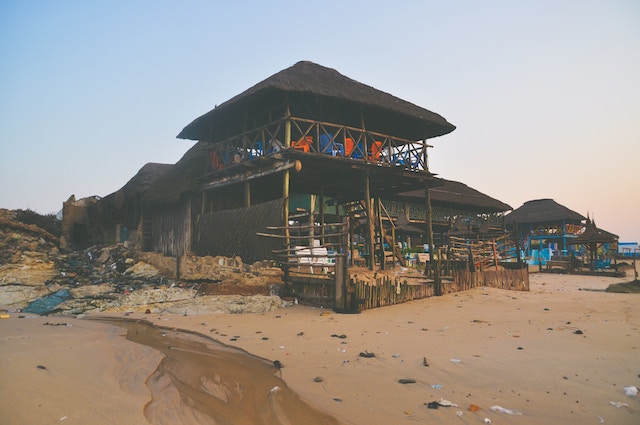
When my husband and I decided to take a week-long trip to Ghana, most people first asked why. Our response was always “Why not?” It’s an interesting part of the world we hadn’t been to yet and had wanted to see for a while. The trip was definitely one of the top trips I have taken and by far the most adventurous – more than the Amazon basin or the Middle East.
Ghana has a mix of extremely poor and very wealthy; of rich history and terrible tragedy; it’s a contrast of crazy traffic jams and relaxed pristine beaches. It would stretch my views, inspire my imagination, and leave me wanting to see more.
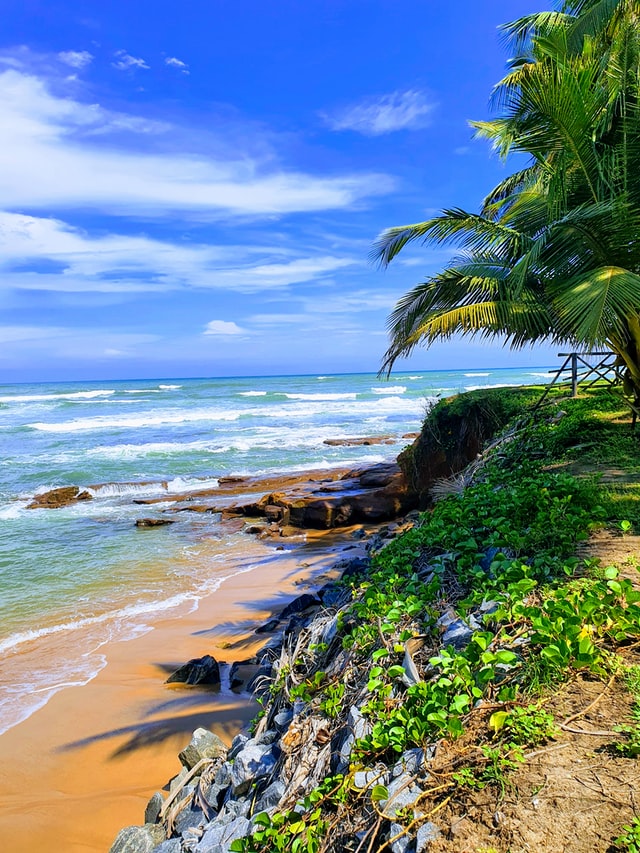
One-Week Trip to Ghana: A Country of Extreme Contrasts
Preparations
First, we decided that the best way to do this trip would be using a tour guide – we used Ashanti African Tours based out of Cape Coast and would highly recommend them to others. The trip was tailored to the sights we wanted to see, a whole week with stays in Accra, Kumasi, and Cape Coast. Each of these cities has different characters and histories so it was nice to see more than just one place.
For once I couldn’t rely on my typical travel mantra – if you forget something you can always buy it when you get there. So I prepared for this trip a little more than normal. Vaccines were administered (they check for Yellow Fever shots before you can leave the airport). I packed medicines for every possible illness (from allergies, to headaches, to upset stomachs – it was like carrying a mini pharmacy). I brought an extra towel and bed sheet (both of which we ended up using at some point in the trip). Not knowing what to expect I planned for many unseen events (most of which never happened).
Accra
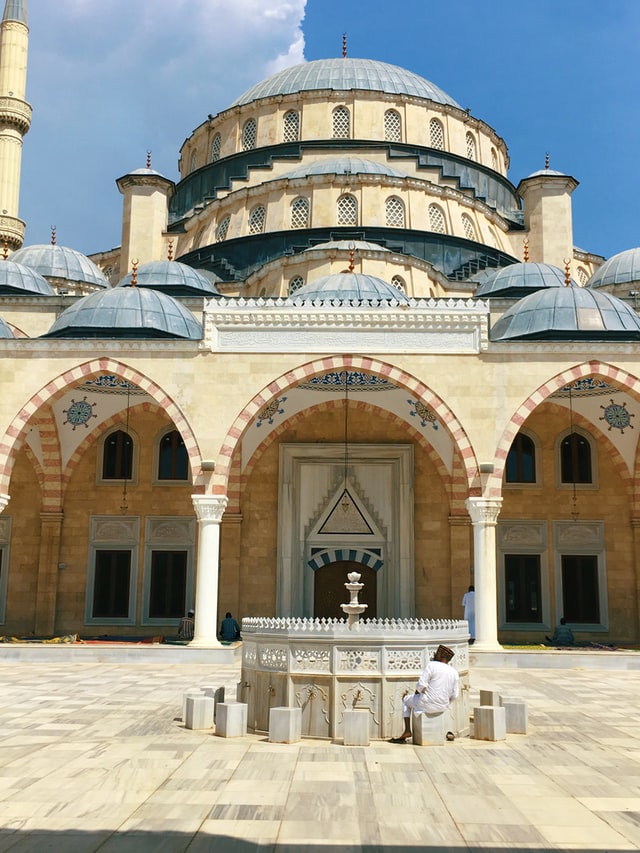
The first part of the trip was a few days exploring the capital, Accra. Accra is a fascinating coastal city; some parts highly developed with shopping malls and hotels and other parts vastly undeveloped. The city tour included Independence Square, the Kwame Kkrumah Memorial Park, and the W.E.B. DuBois Memorial Center. The memorial park is home to a small museum and the final resting place of Dr. Nkrumah (Ghana’s first president). It was a peaceful place to reflect on the start of our trip.
Outside the park, be aware that there are young men trying to sell hand woven bracelets. They are very friendly and ask your name when you enter – then when you leave they have a bracelet made with your name on it.
W.E.B. DuBois Memorial Center
My favorite part of the tour was the W.E.B. DuBois Memorial Center. It’s located in the house that DuBois lived in when he moved to Ghana and has a collection of books about Africa and Pan-Africanism (many of which belonged to DuBois) that would make a researcher delight. Standing in the library I imagined how many interesting topics could be found in those old volumes.
Jamestown
Next was historic Jamestown, the oldest part of Accra and one of the poorest. Jamestown is a fishing harbor right on the coast. It’s a hive of activity with nets being mended, boats being built, and fish being sold. From the top of the lighthouse (which we reached partly by using a very rickety wooden ladder scattered with rusty nails), there was an amazing view of Accra. Hire a local resident as a guide so you don’t wander down the wrong street.
Labadi Beach
From one of the poorer parts of town to one of the nicer – the next stop was Labadi Beach, a popular hangout for tourists, expats, and locals. Attached to one of the nicest hotels in the city, it was packed with people playing soccer, selling food and trinkets, and cooling off in the ocean. From my fishing chair in the sand I enjoyed a tasty grilled fish while watching the waves roll past.
When my husband and I decided to take a week-long trip to Ghana, most people first asked why. Our response was always “Why not?” It’s an interesting part of the world we hadn’t been to yet and had wanted to see for a while.
Kumasi
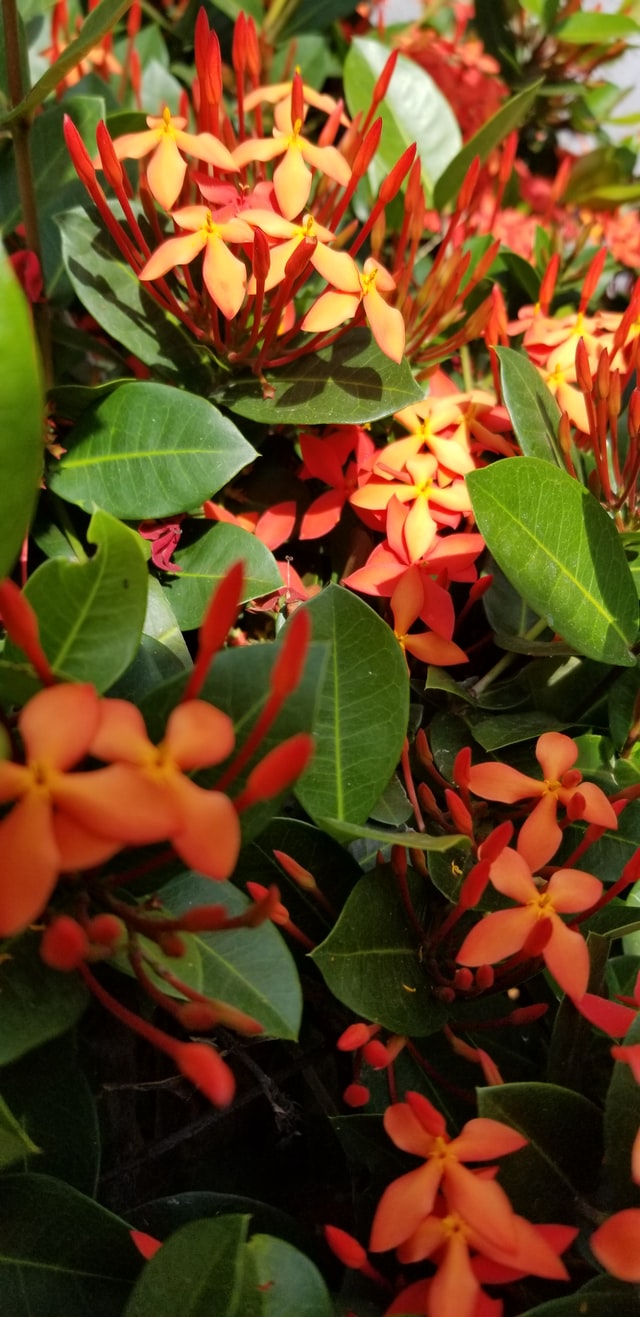
Kumasi, traditional home of the Ashanti, has a very different vibe from Accra – it’s not the capital but it has enough tourism to have made investments in museums and local handicrafts. A vibrant city with a rich history, it’s well worth a visit. Kumasi is also home to West Africa’s largest shopping street, a colorful mix of people, cars, and stalls selling every item imaginable.
On the drive inland from the coast, there was a lovely botanical garden. It was nice to walk around the grounds and learn about some of the native plants. I tried fresh cocoa beans – not exactly chocolate but not terrible either. The diversity of flora was amazing.
During our trip to Ghana, we stopped to try some palm wine – it was a sweet yet tart local drink made and served in gourds. After trying it I had second thoughts about the wisdom of that decision given the lack of sanitary conditions (think fly ridden pots, nowhere to clean the gourds after someone had a drink, dusty roadside) but luckily, I didn’t have any problems.
Kente Cloth
The time in Kumasi was spent visiting the local museums and artisans. I learned about Kente cloth (and got to make some which was really fun and is a great reminder of the trip). Kente cloth is a woven fabric that is then printed or embroidered with various symbols that represent different concepts or ideals (love, strength, royalty, etc). Traditionally it was worn by Ashanti royalty, but it has become more widespread today. Interestingly, Kente cloth is actually woven by men and then taken to the market to be sold by the women.
Manhyia Palace
We also visited the Manhyia Palace, which was the Ashanti King’s residence and is now a museum. The current king has a new palace nearby. The museum has a good selection of historic items and was well designed to tell the Ashanti story. The palace was built by the British and offered to the Ashanti King, but the King refused to take it for free and raised money to purchase the palace instead. It didn’t hurt that the Ashanti Kingdom is located in the main gold mining area of the country so they have the money to pay for their palace.
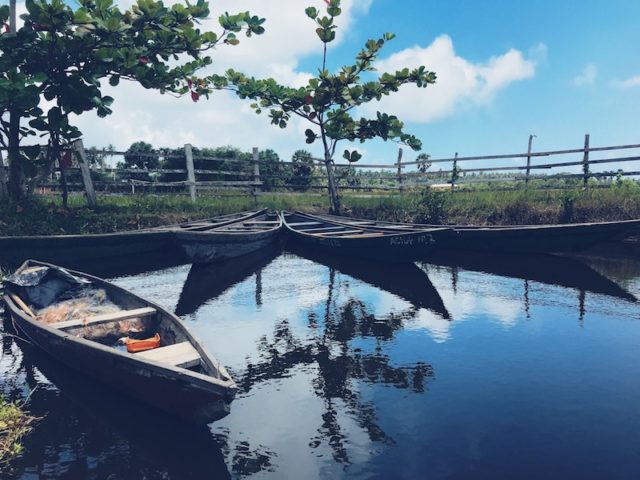
Cape Coast
Cape Coast, traditional home of the Fanti people, is a port and fishing town, the local people are closely tied to the sea. Historically, Cape Coast is important for two reasons. Firstly, the city played a central role in the colonization of the Gold Coast. The port was founded by the Portuguese in the 15th Century, but the Portuguese, Danes, Swedes, Dutch, and Brits had a presence here at various times. As anyone who has been to Europe knows, Europeans like to build castles, and they stuck to that practice in Ghana. Among the main attractions at Cape Coast are the castles built by the Europeans during their long stay in this region.
The other significant fact about Cape Coast – and this is closely related to the first point – is that it was Ground Zero for the West African slave trade. A large portion of the approximately 12 million Africans who were forced into slavery from the 15th through the 19th Centuries came from this region. They walked their last steps in their home counties through the doors of these castles.
Cape Coast Castle
The first stop was Cape Coast Castle (we also visited Elmina Castle, which has a similar terrible history). A castle was first built on the grounds by the Swedes in 1653. At the time, it did not have any association with slavery; the Swedes were there to trade with the Fante for gold. The Danes took the castle around 1655, and they lost it to the Dutch in 1663. The castle fell to the British in 1664 and remained under British control until Ghana achieved its independence from the UK in 1957. At some point during all this competition, the demand for slaves in the Americas took off in a big way. The Castle evolved from a trading post to a major slave fort.
A visit to Cape Coast Castle is a moving experience to say the least. After a brief stop in the courtyard for an historical overview, the tour started by walking into the slave dungeons. Even though the dungeons are quite large, there is a darkness and feeling of claustrophobia that comes with being in the bowels of such an imposing place.
The overwhelming sense of decades of horror and human suffering permeates the rooms. These were the dungeons where people were tightly packed, crammed shoulder to shoulder on dirt floors in total darkness with minimum food and water and no sanitation. There was one dungeon for the women and children and a separate dungeon for the men. Prisoners who were unruly or difficult to control were thrown into a separate room where they were left to die of dehydration.
One of the things that really stuck with me was that the chapel attended by the Europeans who lived in the fort was located directly above one of the dungeons. Every Sunday morning people would sit in church just above thousands of innocent people sitting in darkness in their own filth.
Standing on the castle’s ramparts, one can look down into the port of Cape Coast and see hundreds of brightly colored fishing boats, the impressive cliffs and green hills around Cape Coast, and the beautiful blue waters of the Gulf of Guinea.
Then there was the Door of No Return – the door that each prisoner passed through to board one of the ships that would transport them to the New World. It was through this door that millions of kidnapped Africans would walk through – including the ancestors of many African-Americans – for their journey across the Atlantic.
It isn’t possible to visit Cape Coast Castle without reflecting at some point on the capacity of human beings for cruelty, injustice, and brutality. It hits you right in the face while you are there, and there isn’t any way around it. It isn’t something that should ever be forgotten. However, it is about more than that. It also tells the story about how people from two different continents came into contact with each other, for better or worse.
And it is also a beautiful place filled with joyful welcoming people. Standing on the castle’s ramparts, one can look down into the port of Cape Coast and see hundreds of brightly colored fishing boats, the impressive cliffs and green hills around Cape Coast, and the beautiful blue waters of the Gulf of Guinea. These beaches rival any in typical tourist hot-spots, except they are devoid of the normal crowds of sun worshipers.
Kakum National Park
The second day in Cape Coast was spent at Kakum National Park. Kakum is unique for a number of reasons. Firstly, it was established as a reserve by the local community, not the Ghanaian government. Secondly, it has the largest population of forest elephants in Ghana (unfortunately, we did not see any). Thirdly, it has the only canopy walk in Africa. The last reason – the canopy walkway – was the reason for our stop.
The Canopy Walkway was opened in 1995 and consists of approximately 1,100 feet of bridge that connect seven treetops, suspended about 1oo feet above the forest floor. I wouldn’t say I am scared of heights, but as I swiftly moved across rocking, handmade bridges I realized perhaps I was. The view of the forest below and right out in front as you walk from treetop to treetop was worth facing my fear.
Our week in Ghana coincided with the Ghanaian general election. As we were driving into Cape Coast, we ran into a large political rally for the opposition presidential candidate. It was peaceful…but energetic. In Accra, we passed thousands gathered across the city, waiting peacefully for hours in long lines that wrapped around streets to cast their ballot. While American political rallies involve a lot of slogans and flag waving, the Ghanaian equivalent is a much more colorful affair with lots of singing and dancing.
If I never visited Ghana, I might never have tried fufu, kenkey, or gari. I might never have had the chance to eat a raw cacao bean right off the tree or to sample fresh palm wine on the side of the road in a little African village.
Many people seem surprised that we would spend a week in Ghana on vacation, and more than a few have asked why we chose to go there. I have to admit, it isn’t an easy question to answer. People travel for different reasons. Sometimes, you just want to get away from work and sit on the beach doing nothing. Other times, you go to a place because you have a specific activity in mind, like diving or hiking in the mountains.
However, sometimes it is good to get out of your comfort zone, get off the beaten path, and go to a place that is going to challenge you a bit, a place that offers new experiences if you are willing to work for it a bit. I’ve never visited a place where I didn’t learn something interesting or pick up something useful, and Ghana was no exception on both counts.
If I never visited Ghana, I might never have tried fufu, kenkey, or gari. I might never have had the chance to eat a raw cacao bean right off the tree or to sample fresh palm wine on the side of the road in a little African village. If I never visited Ghana, I would probably never have seen how traditional Kente cloth is made nor had the chance to visit a traditional African fishing village or a 500-year-old castle that played a key role in one of humanity’s darkest chapters. I wouldn’t have walked around treetops above the jungle floor or strolled around in the compound of one of Africa’s oldest surviving monarchies.
On our way to the airport, I couldn’t help but reflect on all the changes taking place in Ghana. The economy is growing rapidly, and the signs of development can be found throughout the country. New hotels and office buildings are popping up. I couldn’t help but think that I would likely find a very different place if I returned in 10 years.
Have you taken a trip to Ghana? We’d love to hear about it. Email us at [email protected] to share your story. Photos by Unsplash.

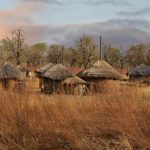
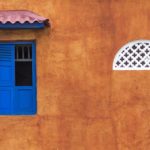
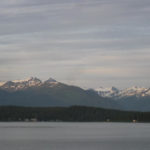

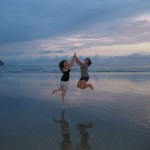
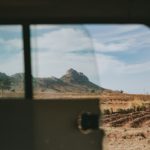
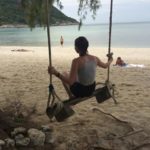
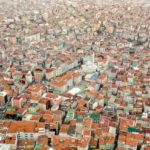
Hello Kelly
I have just seen your reply. i reserved a trip from 23 to 30 december since i cant make it earlier due to my work. if it is possible send me an email on [email protected]
i will keep checking your reply here and will check my inbox in case you read this.
^ Hey Melissa, we should talk. I am planning to go to Ghana in December of this year too. I will be there for a small group trip with a school from the 18th to 23rd, but I am thinking of going a few days earlier. We should exchange contact information. I am also a female solo traveler in my 20s that enjoys backpacking.
hello
i am a 25 y/o female thinking about traveling alone to Ghana during Christmas vacation. your article made me really excited and i would like to get recommendations. do you think i could make it alone without a guide? i really think of a backpacking trip with no specific itinerary